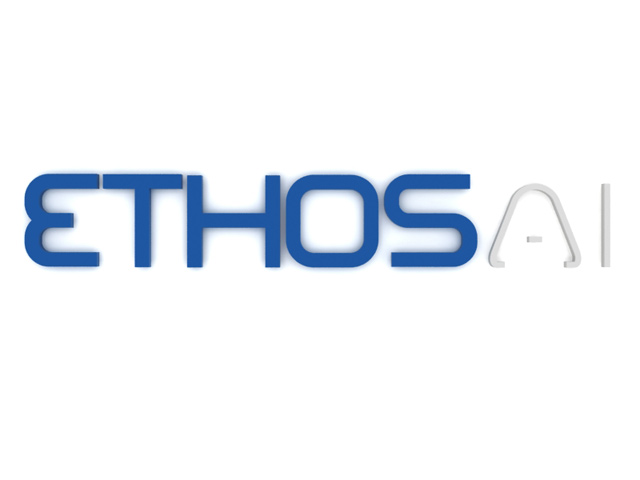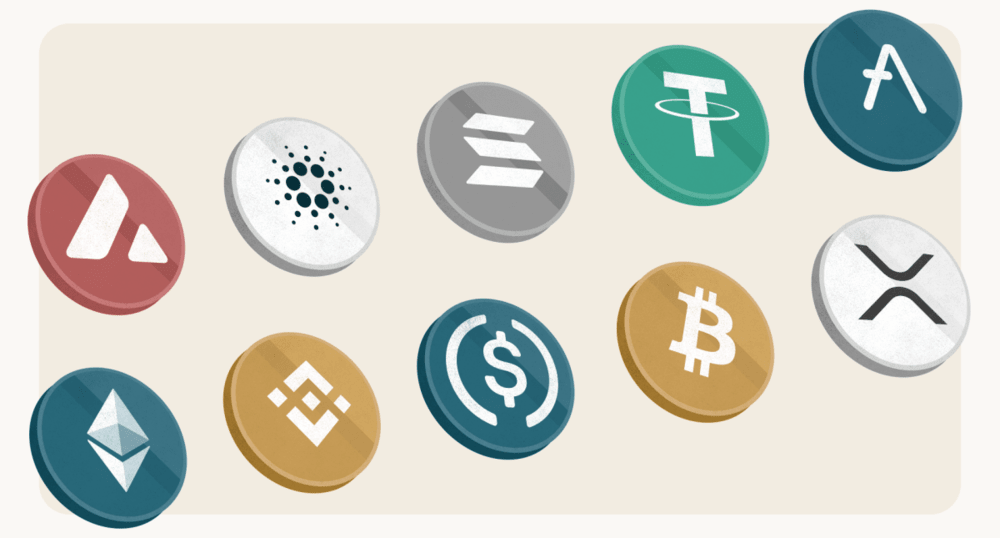 Link Insertions on Real Blogs – Quick Wins for Better Rankings!
Link Insertions on Real Blogs – Quick Wins for Better Rankings!
Grafana Open Source: Your Go-To Solution for Real-Time Monitoring
Written by Yashika Sharma » Updated on: June 17th, 2025

In today's fast-paced digital landscape, effective monitoring solutions are crucial for ensuring system performance, reliability, and uptime. Among the myriad of tools available, Grafana Open Source stands out as a versatile and powerful platform for real-time monitoring. Its robust features and flexibility have made it a preferred choice for developers, IT professionals, and businesses worldwide.
What is Grafana Open Source?
Grafana Open Source is a powerful analytics and monitoring platform that allows users to visualize and analyze data from various sources. Its open-source nature means that it's freely available for anyone to use, modify, and extend. Grafana's primary function is to provide a comprehensive and customizable dashboard that can display data from different sources in real-time, making it easier to monitor system performance, track metrics, and identify issues.
Key Features of Grafana Open Source
1. Customizable Dashboards: Grafana Open Source offers highly customizable dashboards that can be tailored to meet the specific needs of any organization. Users can create and organize panels to display various data points, using different visualization options such as graphs, tables, and heatmaps.
2. Data Source Flexibility: Grafana supports a wide range of data sources, including Prometheus, Graphite, InfluxDB, Elasticsearch, MySQL, and many others. This flexibility allows users to aggregate and correlate data from different systems in one unified dashboard.
3. Alerting System: Grafana's built-in alerting system enables users to set up thresholds and receive notifications when certain conditions are met. This feature is critical for proactive monitoring and ensuring that potential issues are addressed before they escalate.
4. Templating and Variables: Grafana's templating feature allows for the creation of dynamic and reusable dashboards. By using variables, users can quickly switch between different data sources or metrics without having to create new dashboards from scratch.
5. Annotations: Grafana supports annotations, which can be used to mark specific events or points in time directly on the graphs. This feature is useful for correlating data with events such as deployments, outages, or system changes.
6. Community and Plugins: Being open source, Grafana has a vibrant community that contributes plugins and enhancements. The plugin ecosystem provides additional functionalities, such as new panel types, data sources, and app integrations.
Benefits of Using Grafana Open Source
1. Cost-Effective: As an open-source solution, Grafana is free to use, making it an attractive option for organizations looking to implement powerful monitoring without incurring significant costs.
2. Scalability: Grafana can scale to meet the needs of organizations of all sizes, from small startups to large enterprises. Its ability to handle large volumes of data and support multiple users makes it a robust choice for growing businesses.
3. User-Friendly Interface: Grafana's intuitive interface and user-friendly design make it accessible to both technical and non-technical users. The drag-and-drop functionality and easy configuration options simplify the process of setting up and managing dashboards.
4. Integration Capabilities: Grafana's extensive integration capabilities allow it to work seamlessly with other tools and systems within an organization's tech stack. This interoperability ensures that users can build comprehensive monitoring solutions that leverage existing investments.
Use Cases for Grafana Open Source
1. Infrastructure Monitoring: Monitor the health and performance of servers, networks, and other infrastructure components in real-time.
2. Application Performance Management (APM): Track key metrics such as response times, error rates, and throughput to ensure optimal application performance.
3. Business Intelligence: Visualize business metrics and KPIs to gain insights into operational performance and make data-driven decisions.
4. IoT Monitoring: Aggregate and visualize data from IoT devices to monitor their status and performance.
Conclusion
Grafana Open Source is an invaluable tool for anyone seeking a reliable, flexible, and cost-effective solution for real-time monitoring. Its extensive feature set, coupled with its open-source nature, ensures that users have the power to customize and extend the platform to meet their specific needs. Whether you're monitoring infrastructure, applications, or business metrics, Grafana Open Source provides the tools necessary to gain deep insights and maintain optimal system performance. Embrace Grafana Open Source as your go-to solution for real-time monitoring and unlock the full potential of your data.
Note: IndiBlogHub features both user-submitted and editorial content. We do not verify third-party contributions. Read our Disclaimer and Privacy Policyfor details.
Copyright © 2019-2025 IndiBlogHub.com. All rights reserved. Hosted on DigitalOcean for fast, reliable performance.













